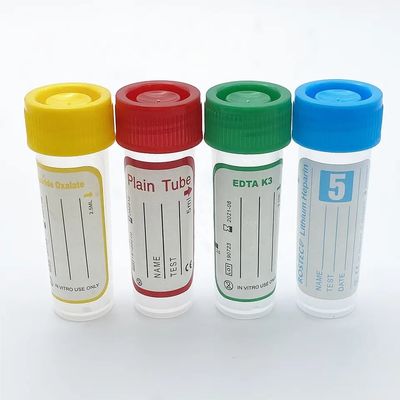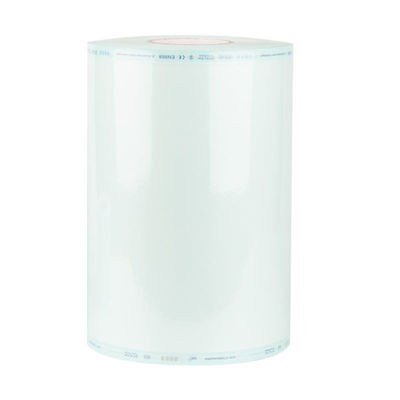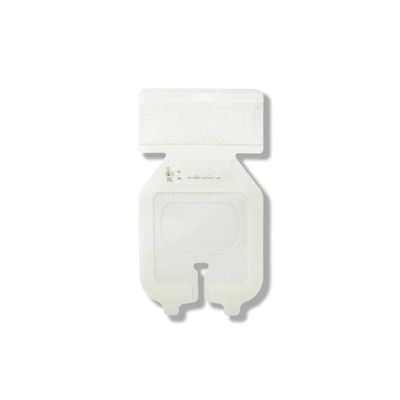A communicable disease is one that spreads from one person or animal to another or from a surface to a person. They are the result of pathogens, such as viruses and bacteria. Communicable diseases include colds and flu.
Communicable diseases can transmit through contact with bodily fluids, insect bites, contaminated surfaces, water, and foods, or through the air.
This article will discuss communicable diseases, their symptoms, and how to avoid them.
A communicable disease is any disease that passes between people or animals. People sometimes refer to communicable diseases as “infectious” or “transmissible” diseases.
Pathogens, including bacteria, viruses, fungi, and protozoa, cause communicable diseases.
Symptoms
Once a pathogen has entered a person’s body, it often will begin replicating. The individual may then begin to experience symptoms.
Symptoms will vary depending on the disease. Some people will not experience any symptoms. However, they can still transmit the pathogen.
Some symptoms are a direct result of the pathogen damaging the body’s cells. Others are due to the body’s immune response to the infection.
Some communicable diseases may be mild, and symptoms pass after a few days. However, some can be serious and potentially life threatening. Symptom severity may vary depending on a person’s overall health and immune function.
Your message must be between 20-3,000 characters!
Please check your E-mail!
Your message must be between 20-3,000 characters!
Please check your E-mail!









